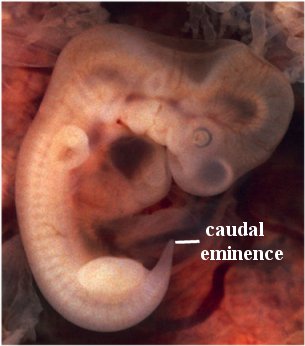
Over two years ago, I wrote about an interesting three-way mutualistic relationship between a virus, a fungus, and a plant. Less than a year later, I wrote about how people are actually walking ecosystems, participating in a huge number of mutualistic relationships with many different species of bacteria. Last night, while reading the scientific literature, I ran across another example of a three-way mutualistic relationship, and it is equally as fascinating!
This three-way relationship starts with seagrasses. Coral reefs are the “stars” of the marine world, but seagrass communities can be considered its “workhorses.” While they make up only 0.2% of the ocean’s ecosystems, they produce more biomass than the entire Amazonian rainforest!1 Why are they so productive? Because they form a wide variety of marine ecosystems that serve as nurseries for many developing fishes and homes to a wide variety of sea creatures including turtles, manatees, shrimp, clams, sea stars, etc. Because of their amazing ability to support such ecosystems, seagrasses have been studied by marine biologists for some time. However, there has always been a nagging mystery associated with them.
The roots of seagrasses trap sediments which form a rich mud that is often several feet deep. The mud is rich because it contains all manner of decaying organic matter. However, the reason the organic matter decays is because bacteria decompose it. One of the byproducts of this bacterial decomposition is sulfide, and if that sulfide were allowed to build up to high concentrations, it would actually end up harming the seagrasses themselves. However, it never does. No one has proposed a satisfactory explanation as to why this doesn’t happen.
Certainly, the seagrasses transport oxygen to the mud through their roots, and that oxygen can turn the sulfide into sulfate, which is harmless to the seagrasses. However, detailed studies show that the sulfide produced by the resident bacteria accumulates far faster than it can be removed by the oxygen that is added to the mud through the seagrasses’ roots, especially during warm seasons.2 Thus, there must be some other way that sulfide is being removed from the mud.
Marine biologists had no idea what this other way was…until now.
Continue reading “Another Example of Three-Way Mutualism. Is This Just the Tip of the Iceberg?”







